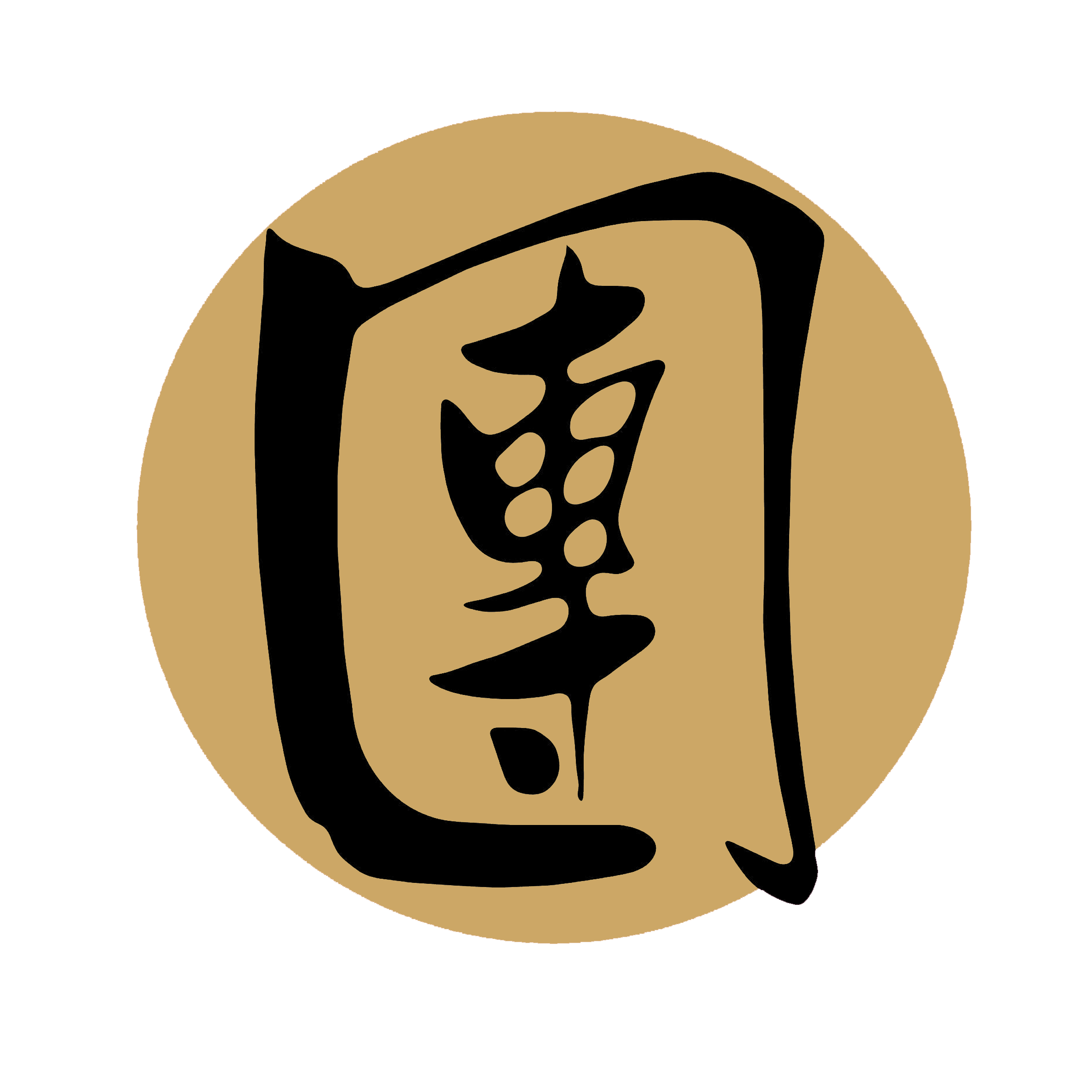57. Poon-kiu: Choy Li Fut Kung Fu Technique
Poon-Kiu: The Coiling Bridge Technique in Martial Arts
Poon-Kiu, also known as the Coiling Bridge, is a fundamental technique in martial arts that emphasizes circular movements and redirection of force. Derived from traditional Chinese martial arts, Poon-Kiu plays a crucial role in combat situations by enabling practitioners to efficiently deflect and neutralize incoming attacks.
In this article, we will explore the principles and applications of Poon-Kiu, highlighting its significance and benefits in martial arts training. At its core, Poon-Kiu focuses on circular and spiraling motions to redirect an opponent's force, allowing practitioners to control and neutralize their attacks. The technique involves using the arms and hands in a coiling, fluid manner, creating a bridge-like structure that intercepts and redirects the opponent's strikes. By utilizing circular movements, Poon-Kiu enables practitioners to blend with the force of the attack, minimizing the impact and conserving their own energy.
Training in Poon-Kiu involves developing specific skills and attributes that enhance its effectiveness. Practitioners focus on honing their timing, coordination, and sensitivity to effectively intercept and redirect incoming strikes. Through drills and partner training exercises, practitioners learn to anticipate and respond to attacks, using precise circular motions to neutralize the force and create openings for counterattacks. The repetitive practice of Poon-Kiu helps practitioners internalize the technique, making it instinctive and effortless in combat scenarios.
One of the key principles of Poon-Kiu is the concept of "yielding to overcome." Rather than meeting an opponent's force head-on, practitioners learn to yield and redirect the energy, utilizing their opponent's momentum against them. By absorbing and guiding the force of an attack, practitioners can disrupt the opponent's balance and control the flow of the confrontation. This principle exemplifies the harmony and efficiency inherent in Poon-Kiu, allowing practitioners to overcome stronger opponents with minimal exertion. In combat situations, Poon-Kiu offers several advantages for both defensive and offensive purposes. Defensively, it enables practitioners to deflect and neutralize incoming strikes, minimizing the impact and reducing the risk of injury.
The circular and coiling movements of Poon-Kiu allow for quick and fluid transitions between defensive and offensive actions, creating opportunities for counterattacks and strategic positioning. Offensively, Poon-Kiu can be utilized to disrupt an opponent's structure and balance, setting them up for follow-up strikes or joint locks. Beyond its practical applications in combat, Poon-Kiu offers practitioners additional benefits on a holistic level. The practice of Poon-Kiu fosters body awareness, coordination, and sensitivity to subtle changes in an opponent's movements. It enhances the practitioner's overall fluidity and adaptability, enabling them to respond effectively in dynamic and unpredictable situations. Moreover, Poon-Kiu cultivates patience, calmness, and mental focus, as practitioners must maintain a relaxed state while executing precise circular motions.
In conclusion, Poon-Kiu, the Coiling Bridge technique, is a fundamental component of martial arts training, known for its circular movements and redirection of force. Through dedicated practice and application, practitioners develop the skills necessary to intercept, neutralize, and redirect an opponent's strikes. The principle of "yielding to overcome" embodies the essence of Poon-Kiu, allowing practitioners to efficiently control and neutralize the force of an attack. Beyond its combative advantages, Poon-Kiu promotes body awareness, coordination, and mental focus, contributing to a well-rounded martial arts practice. By embracing the principles and training methods of Poon-Kiu, practitioners can enhance their overall skill set and approach combat situations with grace and effectiveness.
